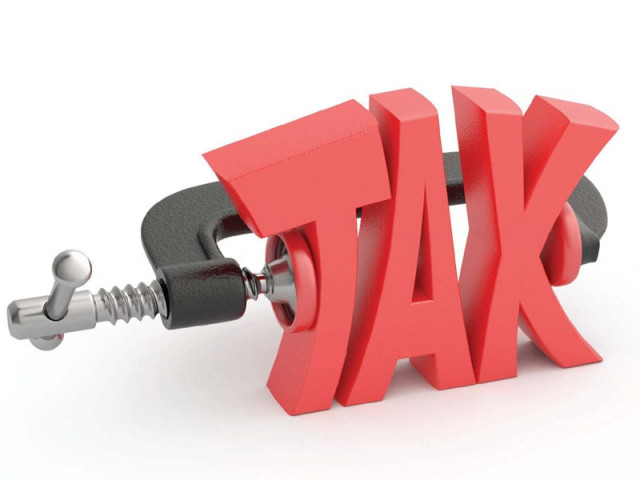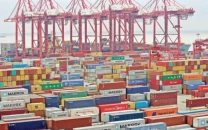Capacity tax puts small beverage makers at disadvantage
Anti-trust body recommends withdrawal of discriminatory tax.

The commission noted that the capacity tax, introduced in 1991 and withdrawn in 1994, had become a major reason for bankruptcy and closing down of many local competitors, as around 15 beverage plants had ceased operations in this period. DESIGN: FAIZAN DAWOOD
Amid reports of famous beverage brands fizzling out after levy of capacity tax, the anti-trust watchdog has advised the government to withdraw the tax, said to have been imposed to curb evasion by the beverages industry.
The Competition Commission of Pakistan took notice of reports published in The Express Tribune that highlighted the concerns of the beverages industry following the Federal Board of Revenue’s decision to charge federal excise duty (FED) and sales tax on production and installed capacity instead of actual sales.
The commission noted that the levy based on installed capacity translates into a fixed tax on manufacturing units with varying levels of actual production and thus discriminates against small manufacturers. This also results in a number of competition concerns, it observed.
According to the Statutory Regulatory Order, factories having foreign or mix of foreign and local origin filling machines will pay Rs4.7 million capacity tax, factories exclusively having local origin filling machines will pay Rs3.7 million and factories having filling machines with less than 40 filling valves will pay Rs1.2 million.
The commission noted that the capacity tax, introduced in 1991 and withdrawn in 1994, had become a major reason for bankruptcy and closing down of many local competitors, as around 15 beverage plants had ceased operations in this period.
Today, production in the beverages industry is confined to a few cities ie Lahore, Multan, Lala Musa and other areas, and it is not viable for them to reach out and market their products all over Pakistan.
“The commission believes that capacity tax results in gains for large-scale manufacturers, who hold a major share in the market, use high speed fillers and produce at higher rates of capacity utilisation (up to 80%-100%). On the other hand, a small manufacturer who has less demand in the market and is producing less than half of its production capacity will also have to pay the same fixed rate of tax.”
Therefore, a fixed rate of tax would reduce the tax burden of large manufacturers and increase it for small manufacturers. “This imbalance of tax imposition is anti-competitive, as it puts small competitors at a cost disadvantage, resulting in unfair competition, and eventually could squeeze the small competitors out of the market.”
Furthermore, the division of manufacturers into different categories also seems to be unreasonable, as the tax slab jumps from Rs1.17 million to Rs3.7 million if the number of valves goes up from 39 to 40. This increase in tax is exponential and will only encourage fixing capacity at 39 valves.
Moreover, the capacity tax regime creates barriers to entry and exit. Under the given tax slabs, a potential competitor will be reluctant to increase capacity, as this will result in a higher incidence of tax in the earlier years of the usage of machinery, when it is typically utilised below full capacity.
Even otherwise, it would be difficult for any new competitor to compete with large manufacturers who have a strong hold on the market and take the benefit of cost advantage (economies of scale) under capacity tax.
Not only this, even if any existing manufacturer intends to expand production, tax slabs given in the SRO will curtail machinery investment, said the CCP. The current situation is unlikely to yield higher revenue to the government.
Moreover, the capacity tax regime makes exit from the market also difficult. All those manufacturers who are not able to compete will have no buyer in the market for their plants and machinery.
The commission noted that capacity tax is a regressive way of revenue collection and gives unfair and unnecessary competitive cost advantage to those manufacturers who have high rate of capacity utilisation over those who are not able to fully utilise their installed capacity.
Published in The Express Tribune, September 5th, 2013.
Like Business on Facebook, follow @TribuneBiz on Twitter to stay informed and join in the conversation.



















COMMENTS
Comments are moderated and generally will be posted if they are on-topic and not abusive.
For more information, please see our Comments FAQ